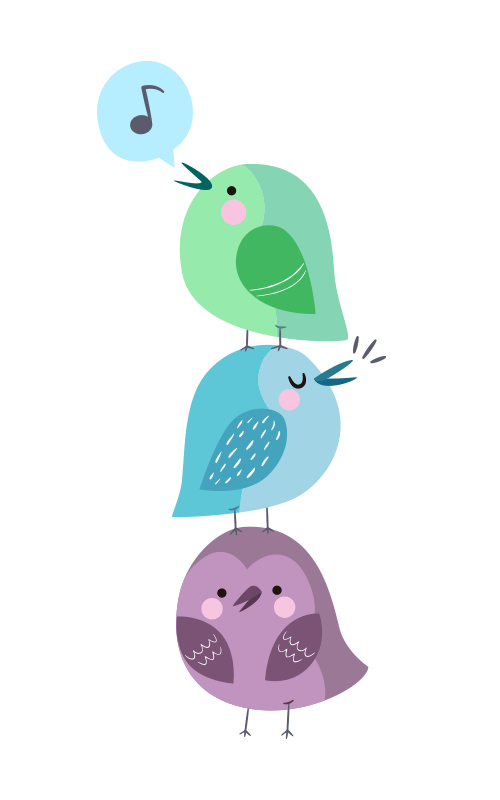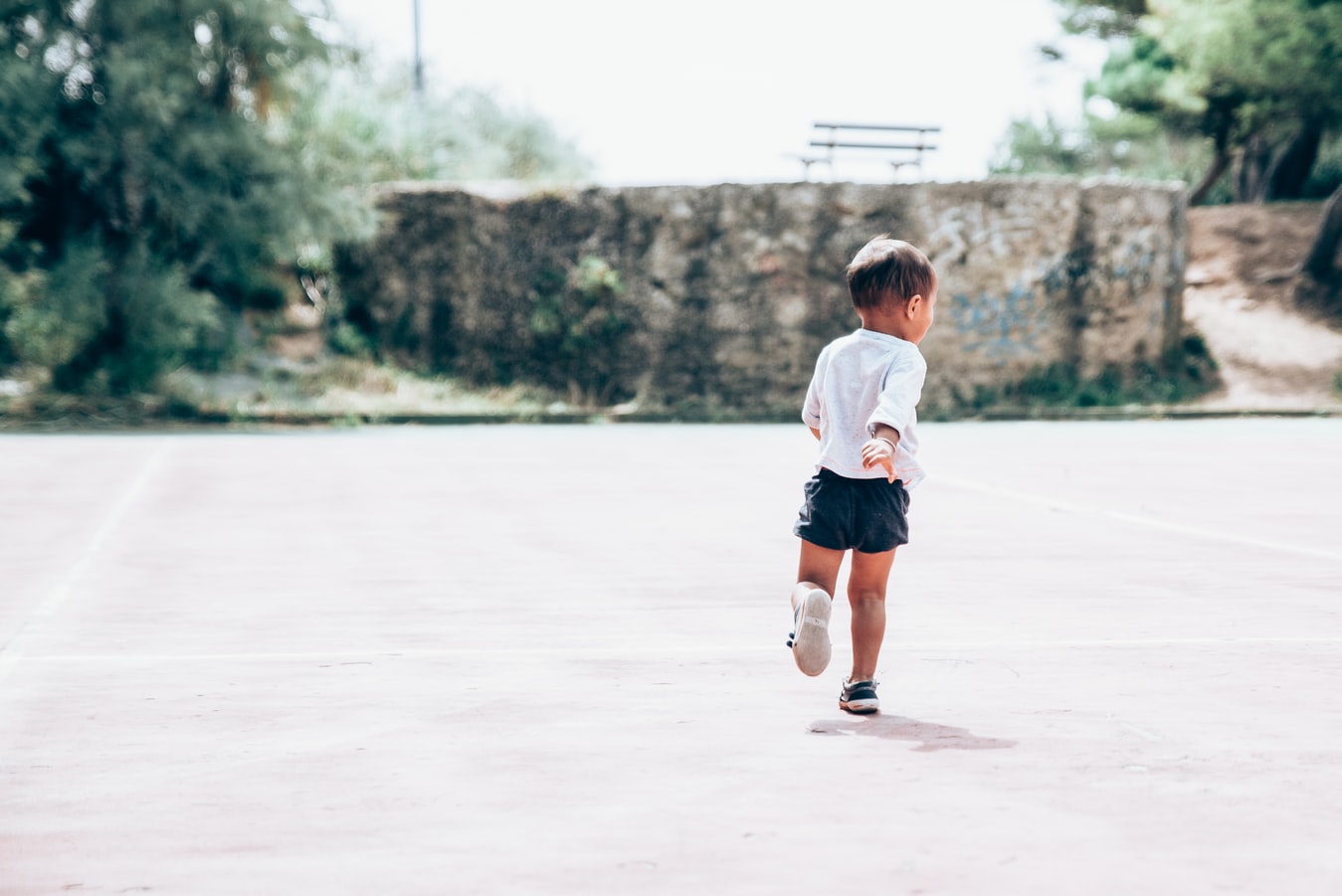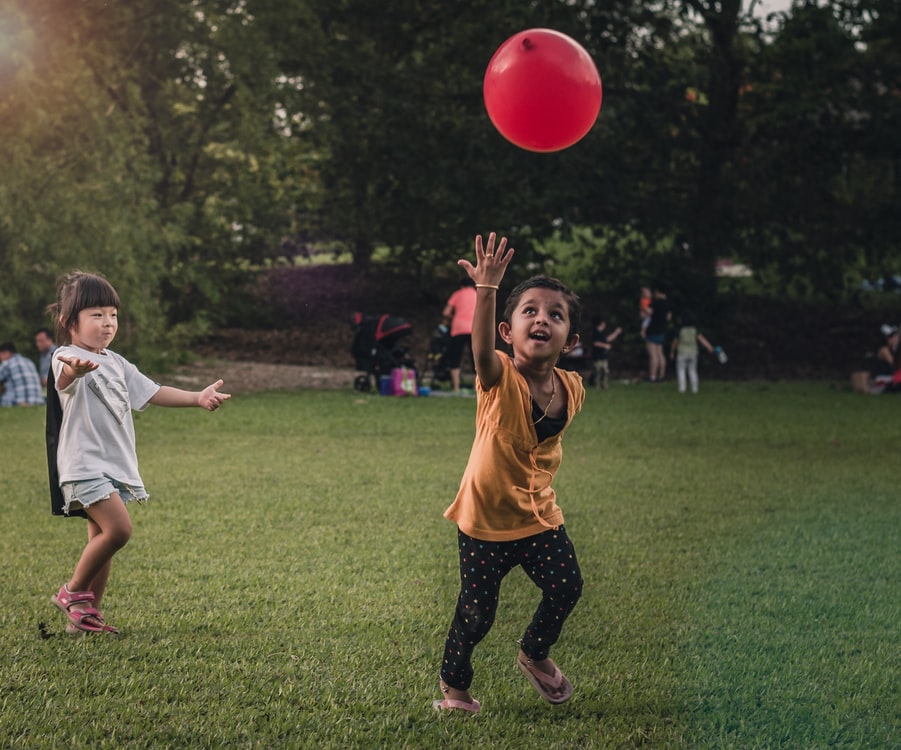MOVING ALONG TO DEVELOPMENT
A recent report by Common Sense Media, (a non-profit organization focused on helping children, parents and educators navigate the world of media and technology) showed that the time an average child spends in front of the television, video games, computers or other smart screens has tripled in four years. 42% of children were reported to have their own tablet devices.
Putting a child in front of a television or giving his/her a phone to play with in a restaurant would certainly keep them quiet and busy for that hour or so but in the end does greater damage than good. Proprioception and Vestibular sense needs to be developed before the age of 6 and climbing, playing, running and spinning are crucial to these skills.
Continually learning new ways to coordinate the body helps to develop the brain.
Proprioception is the sense of the relative position of one’s own body parts and strength of effort employed in movement. In other words body in space: when a child rides a bicycle he would be able to cycle without looking at his feet on the pedals or when she eats she would be able to get the food from the spoon into her mouth without missing.
Learning from the outside in.
Proprioception is also the kinesthetic sense of what we feel when sitting on the grass for instance. We can feel the grass touching our legs but not where our bodies are clothed -the cumulative input from our senses. We learn from the outside in. When this sensory input is off, paying attention is nearly impossible.
Signs of poor proprioception:
- The child tires easily.
- Stamping feet while walking.
- Chews constantly on objects.
- Frequently tripping or falling.
- Dressing and other self-help skills could be challenging.
- Walks on toes.
- Reading difficulties.
- Sequencing difficulties.
- Poor attention span.
Prevention is better than cure.
Physical movements strengthens the proprioceptive system, like pulling weeds, sweeping, hanging from monkey bars, pushing or pulling a cart/pram, carrying a backpack or bags with groceries. These activities strengthen and stimulate pressure receptors within their muscles, tendons and joints, which in turn helps their minds to make a map of these parts of their body. One cannot think that such obviously innocent activities could have such a profound effect and eliminate the need for therapy when children start with school.
Music and movement are inseparable.
Children (and most adults) naturally want to move to the beat of Music. Émile Jaques-Dalcrose, (a Swiss composer, musician and music educator), was a pioneer in the field of music and movement. Important aspects of his approach were imagination, an excellent listening sense (more on this in a following blog) and an immediacy of reaction to the musical stimulus. Using movement and music, therefore, makes sense in musical and educational terms.
By using the fundamentals of Dalcrose’s research and experience with thousands of children, our children can learn to become perceptive listeners to music, in order to move to it. This, in turn, facilitates memorizing educational content. A 5-6 year- old child is capable of rhythmic clapping and patting and these are encouraged and explored in the Cheat sheet for Rhythmic patterns. The game/action songs and earworm activities found in the Songbirds program, support proprioception and gross motor movement.
ENJOY!
© Take note that all articles are under Copyright and may only be used with the written consent of the author.





